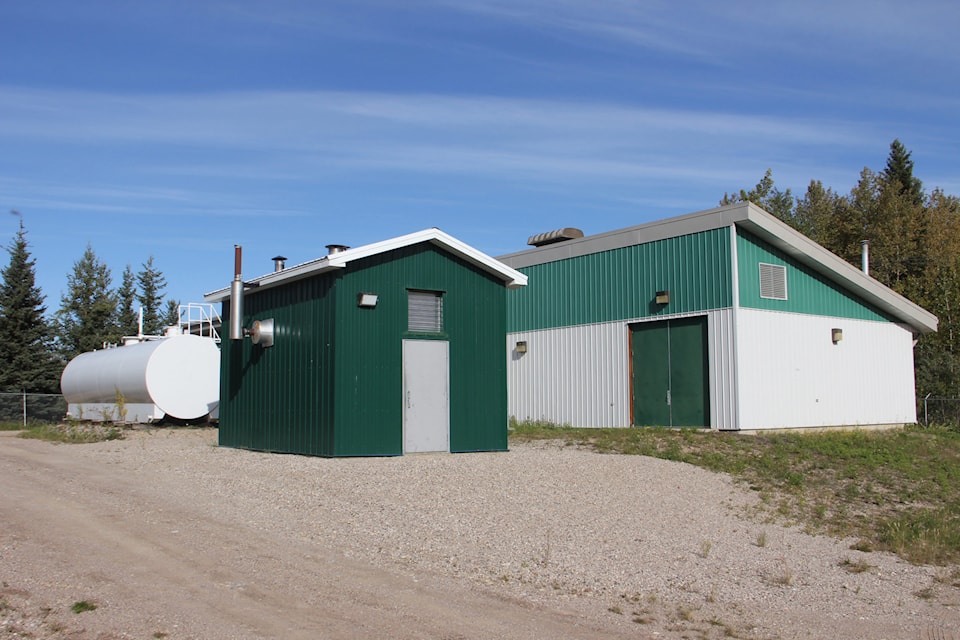An inspection of the Town of Hay River's water intake line in Great Slave Lake has finally been completed.
The work was done by a contractor from Alberta over a couple of days in the second week of March.
"They got the inspection done, as well as getting both our reservoir downtown and the reservoir out at the water treatment plant cleaned," said Mike Auge, the town's director of public works, during the March 15 online meeting of town council.
Auge said a report on the inspection is expected in the next couple of weeks.
However, he pointed out that no major issues with the water intake line were noted by the contractor.
"There's a couple of minor issues with the intake structure itself," he said. "Nothing that's affecting the intake process or the quality of our water, but maybe a couple of things that we will need to plan for in the future. But until I get the final report, I won't know the full details on it."
In August of last year, the contracting company couldn't find the intake line due to the age of town reports on the line, as well as turbidity — basically muddy water.
The intake line, which stretches eight kilometres into Great Slave Lake, was located in September by a sonar sweep by a vessel from the Arctic Research Foundation.
In comments to The Hub, Glenn Smith, the senior administrative officer with the Town of Hay River, said the report on the inspection will have to be studied closely when it is received, particularly in relation to the turbidity experienced in the town's drinking water last year.
"There are some early indications that it's not significantly contributing to the turbidity issue, but, that said, I think it is key to understand that we need to take a thorough review of the report in order to come to a conclusion," he said.
The inspection of the water intake line was done with a combination of underwater drones and diving.
The town had budgeted $50,000 for the work, but Smith said it will likely cost slightly more than that because of the two trips to town by the contractor and the additional cleaning and inspections of the water reservoirs.
Smith said that, if a problem with the line had been found, it could have been addressed ahead of possibly doing major repairs on the town's 40-year-old water treatment plant.
Last year, the Department of Municipal and Community Affairs recommended that the plant be replaced in the next five years, which would have an estimated cost of $15 million.
The plant is not designed to handle high levels of turbidity.
Smith said that the town has applied for funding from the federal Investing in Canada Infrastructure Program for a feasibility study on the water treatment plant.
"We want to make sure that we are taking a thorough review of our options and trying to better understand what the conditions of our lake and river system will look like in the future to make the most cost-effective solution that ensures clean, reliable drinking water for the community," he said.
